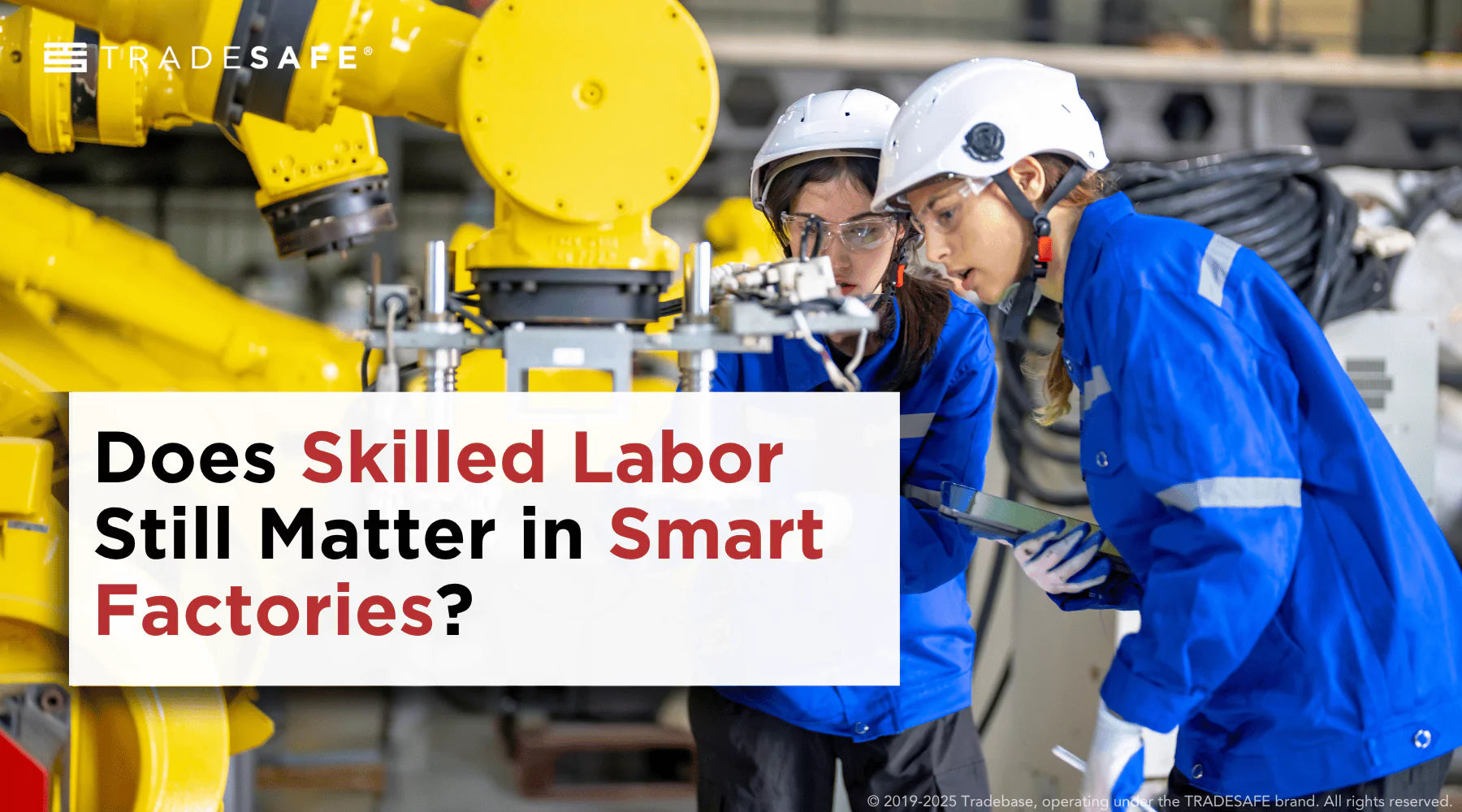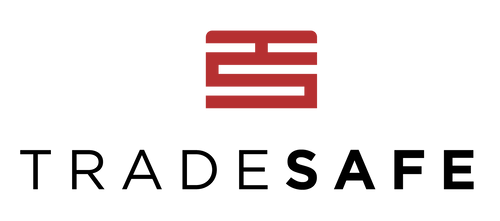
Key Takeaways
-
Despite the rise of AI and robotics, human expertise remains essential for ensuring quality, safety, and adaptability on the factory floor.
-
Human intuition, experience, and contextual judgment still outperform machines in certain high-stakes, complex tasks.
-
With 2.1 million manufacturing jobs projected to go unfilled by 2030, upskilling and worker engagement are urgent priorities.
-
Job projections show continued demand for roles like assemblers, supervisors, inspectors, and machinery mechanics.
-
Successful companies are integrating human expertise into automation design, creating feedback loops between frontline workers and AI systems.
In an aerospace facility in the Pacific Northwest, a veteran mechanic pauses before a jetliner wing. A robotic arm, equipped with cutting-edge sensors, has just cleared a rivet as “within tolerance.” But the mechanic’s instinct, sharpened over two decades on the factory floor, flags a discrepancy. They halt the line. A closer look reveals a subtle flaw that could have jeopardized structural integrity at cruising altitude.
This isn’t just a story of one mechanic’s vigilance. It’s a wake-up call for industries racing toward automation. From aerospace to energy, human intuition remains the linchpin of quality and safety. A truth too often overlooked in the push for efficiency.
Automation’s Promise Meets Reality
Automation’s appeal is irresistible. Grappling with labor shortages and soaring costs, manufacturers in aerospace, energy, and heavy industry have invested billions in robotics and AI. According to a 2024 market analysis report by Grand View Research, the global industrial automation and control systems market is valued at approximately USD 206.33 billion, with expectations to reach USD 378.57 billion by 2030, growing at a CAGR of 10.8% between 2025 and 2030.
The promise is seductive: flawless precision, faster throughput, and reduced reliance on human labor. In theory, intelligent systems can work around the clock, minimize errors, and optimize complex workflows. In practice, however, the story is far more nuanced.
Take the case of one aerospace plant, where quality issues in assembly prompted a return to human oversight. A similar outcome played out in an industrial tech firm that quietly reinstated veteran inspectors after AI systems misflagged defects, stalling production lines. A materials manufacturer also shifted quality control back to skilled operators after inconsistent yields.
Such examples aren’t anomalies. A 2024 study from the Boston Consulting Group (BCG) found that over 74% of companies implementing AI-based solutions struggled with integration challenges, citing gaps in data quality, the unpredictability of real-world conditions, and a lack of skilled personnel to supervise or override systems when needed.
What’s Really at Stake?
The stakes are visceral. For workers, automation sparks fears of displacement, skill obsolescence, and a diminishing role in increasingly algorithm-driven environments. A recent McKinsey report found that while automation could displace up to 30% of tasks in manufacturing by 2030, only a fraction of those tasks involve full job replacement. Still, the anxiety is legitimate: workers fear not only job loss but the erosion of craftsmanship built over decades.
For executives, the risks are just as tangible. Missteps mean rework, regulatory fines, or reputational hits. The quality crisis at the Pacific Northwest aerospace facility, mentioned earlier, looms as a cautionary tale.
Safety regulators like the Occupational Safety and Health Administration (OSHA) and the Environmental Protection Agency (EPA) are also navigating this new terrain. AI systems may execute instructions flawlessly, but they struggle with edge cases and unstructured environments, where worker safety and environmental compliance often hinge on human judgment. As AI takes on more decision-making roles, the margin for machine error becomes a regulatory concern.
Take an industrial plant in Georgia. An AI system misclassified minor defects as critical, triggering $1.2 million in downtime. Veteran inspectors, armed with contextual know-how, resolved the issue swiftly. Without them, the delays would have stretched into weeks.
As digital systems become more embedded in factory floors, the assumption that machines alone can manage complexity is proving misguided. What’s truly at stake is the institutional knowledge that skilled labor provides: the judgment, adaptability, and context-awareness that algorithms have yet to replicate.
The Human Element: Voices from the Frontline
“It’s not just torque specs. It’s knowing how a part feels—something no algorithm can replicate,” That’s how a veteran mechanic described the moment they spotted a misclassification error that AI had overlooked at a major aerospace facility. Their quick judgment prevented a critical flaw from cascading into a broader production issue.
A similar sentiment comes from an automation engineer at a materials firm who designs AI tools but leans on a shop-floor veteran for anomalies: “I trust the data, but their eyes catch what my code misses.”
Matthew Hart, founder and CEO of Soter Analytics, a company specializing in AI-powered wearable safety devices, cautions against blind faith in artificial intelligence. He notes that AI struggles with real-world complexity, especially when it's expected to operate without the benefit of contextual oversight. Generative AI, for example, continues to suffer from “hallucinations,” producing inaccurate or misleading outputs, due to its reliance on large, often uncurated internet datasets.
The very design of AI depends on experience, but unlike human workers, machines cannot intuit patterns or context unless explicitly trained to do so. And in complex industrial settings, many of those patterns are tacit, sensory, or situational. Such things cannot be replicated by sensors or algorithms. To put it simply: AI is bound to fail when companies treat it as a full substitute for human expertise.
If industries barrel toward hyper-automation without human input, they risk production delays, costly recalls, and, most importantly, the loss of institutional knowledge that makes the factory floor resilient.
Human-Machine Collaboration: The Competitive Edge
The future isn’t human versus machine. It’s human and machine. The most resilient and innovative firms are no longer choosing between labor and automation. Instead, they’re building hybrid models that amplify the strengths of both.
A recent PwC report projects that human-AI collaboration could raise employee productivity by up to 40% by 2035. Meanwhile, Microsoft’s Accelerating Competitive Advantage with AI in Manufacturing report found that AI-enabled businesses are already performing 12% better than those sticking solely to traditional methods.
But there’s a counterforce at play: the mounting labor gap. A new study by Deloitte and The Manufacturing Institute, the workforce development and education partner of the National Association of Manufacturers (NAM), projects a shortfall of 2.1 million skilled manufacturing jobs by 2030, driven by both retirements and the rapid pace of technological change. Based on surveys of more than 800 U.S. manufacturers and extensive executive interviews, the study paints a sobering picture: although there may be more machines, there are fewer qualified hands to manage them.

This shortage isn’t confined to a few specialized roles; it spans the full spectrum of middle-skill manufacturing jobs. According to projections from Deloitte Insights, roles such as assemblers and fabricators, first-line supervisors, inspectors and testers, welders, and industrial machinery mechanics are all expected to see substantial job openings between 2019 and 2029. These are precisely the roles where human judgment, experience, and tactile skill remain essential, and where AI cannot operate independently.
This projected demand reinforces what frontline experience has already made clear: even as smart factories become more automated, human expertise remains the anchor of quality, safety, and adaptability. So, how can manufacturers bridge this gap while still gaining the edge that AI offers? The answer lies in designing systems that strengthen, not sideline, the human element.
'
Reclaim the Human Advantage
The race to automate is relentless, but the real innovation lies not in replacing people but in redefining their roles. As factories grow smarter, manufacturers must ask a critical question: where does human insight remain irreplaceable? The answer, time and again, is found in judgment, adaptability, and domain intuition.
Executives, engineers, and safety leaders must pivot from a mindset of substitution to one of synergy. That means designing operations where technology complements, not sidelines, skilled labor. It means valuing resilience over short-term efficiency, and investing in systems that adapt with the workforce, not around it.
The story of the veteran mechanic who caught an AI error isn’t a one-off—it’s a signal. In every smart factory, human expertise remains the final safeguard, the creative edge, and the anchor of quality. In short, skilled labor is not a cost to be eliminated; it’s a capability to be enhanced.
What Can We Do for Smarter Collaboration?
-
Upskill Relentlessly: Empower workers to evolve alongside machines. Invest in continuous training that fuses AI literacy with practical, hands-on skills. Workers should be able to operate, adapt, and even co-develop the tools they use.
-
Embed Expertise into Design: Frontline insights should shape how AI systems are trained and deployed. Creating feedback loops between experienced operators and system designers improves algorithmic performance and increases user trust.
-
Measure Human Well-Being: As AI is introduced, track its impact on job satisfaction, cognitive load, and safety. Sustainable collaboration hinges on making sure technology supports human strengths, not undermines them.
|
According to a 2023 World Economic Forum report, companies that prioritized digital upskilling saw a positive ROI within 12 months due to gains in productivity and retention. |
Smart factories may be powered by algorithms, but they’re steered by people. From the production floor to the control room, skilled labor continues to anchor performance, safety, and innovation. The challenge for today’s manufacturers isn’t choosing between man and machine. It’s choosing to combine them intelligently, honoring the strengths of both.
Because in the end, a smart factory is only as smart as the people who make it work.
FAQs
What types of jobs are most at risk from automation?
Jobs involving routine manual or cognitive tasks are most vulnerable. However, roles that require problem-solving, adaptability, and domain expertise, like technicians, inspectors, and engineers, are more likely to evolve than disappear.
Will automation completely replace human labor in manufacturing?
No. While automation can handle repetitive and precision-driven tasks, it lacks the contextual understanding, improvisation, and judgment that skilled workers bring. Most future manufacturing environments will rely on human-machine collaboration, not total replacement.
What is human and AI collaboration?
Human and AI collaboration refers to the integration of artificial intelligence systems with human skills in ways that amplify decision-making, efficiency, and accuracy. Rather than replacing workers, collaborative systems are designed to support human judgment
What is an example of collaborative AI?
In manufacturing, a good example is an AI-powered defect detection system that flags potential issues on a production line. Human inspectors then review the flagged items, applying their experience to confirm or override the machine’s recommendation.
What’s the biggest risk of over-automation?
Over-reliance on automation can lead to production delays, safety risks, and costly errors if systems are not properly supervised or contextualized by experienced workers. It can also erode institutional knowledge.
TRADESAFE provides premium industrial safety equipment, such as Lockout Tagout Devices, Eyewash Stations, Absorbents, and more; precision-engineered and trusted by professionals to offer unmatched performance in ensuring workplace safety.
